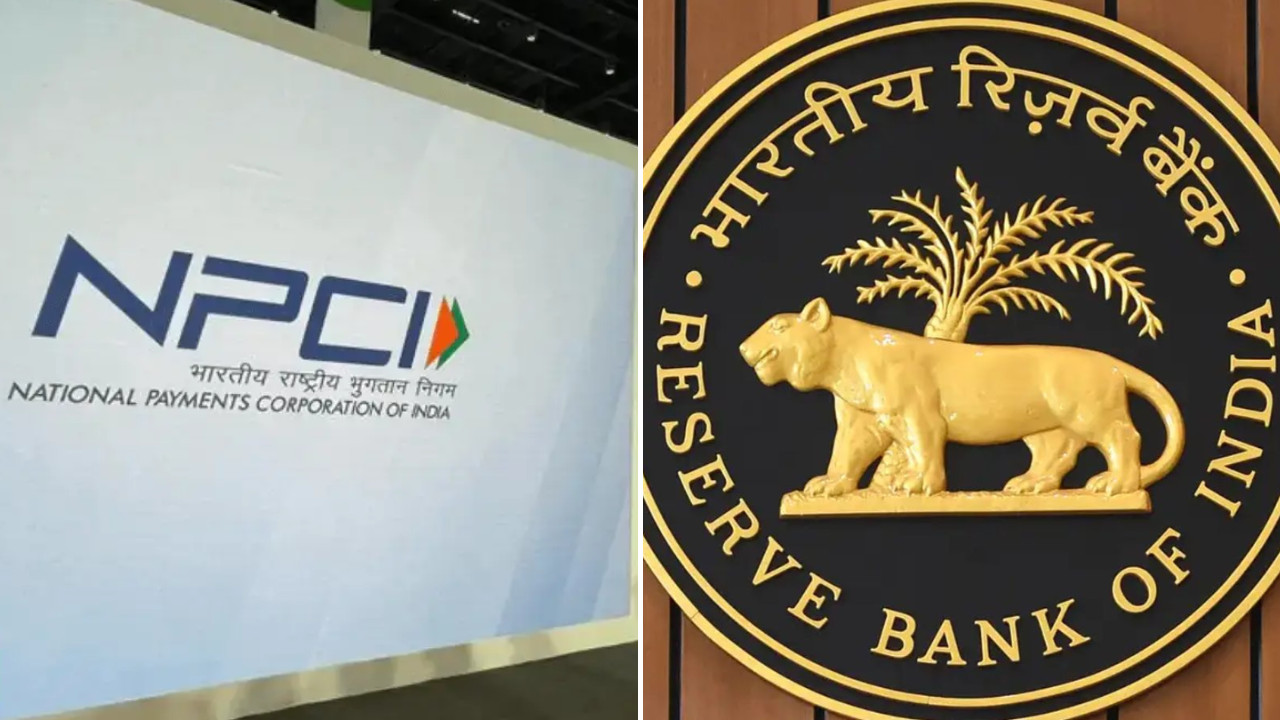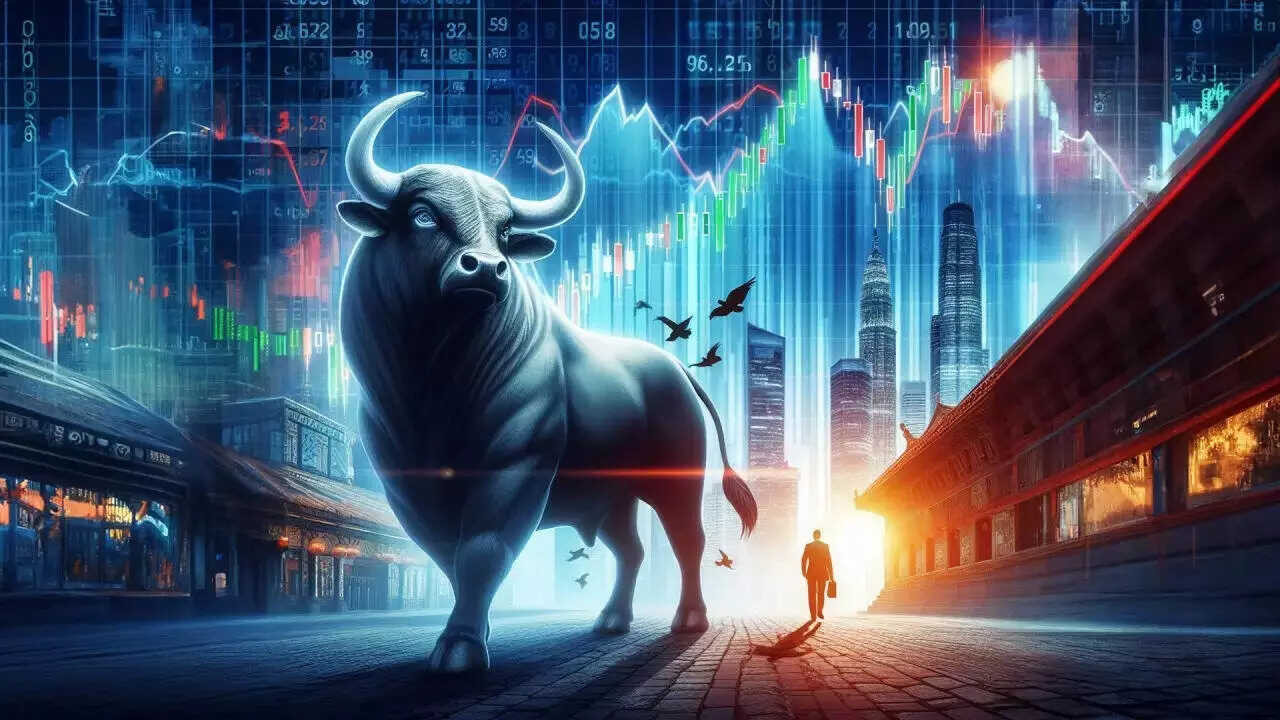Morgan Stanley projects Sensex to reach 89,000 by June 2026, citing India’s robust growth and stable policy. A bull case scenario with a 30% probability estimates Sensex hitting 1 lakh, contingent on factors like low oil prices and GST rate cuts.
Sensex to a Lakh? Buckle Up, Because the Ride Might Be Faster Than You Think
Okay, let’s talk Sensex. We’ve all seen it climb, dip, and generally keep us on our toes. But lately, it feels like it’s been doing more climbing than dipping. The big question buzzing around the water cooler (and dominating every financial news feed) is: When will the Sensex finally crack the one-lakh mark? It’s a milestone that feels both incredibly ambitious and tantalizingly within reach.
Morgan Stanley, never shy about making bold predictions, just tossed another log onto that speculative fire. Their latest analysis paints a potentially bullish picture, suggesting that if everything goes right (and that’s a big “if,” more on that later), we could see the Sensex hitting that magic 100,000 number sooner than many anticipate.
Now, before you start remortgaging your house to pour everything into the market, let’s unpack this a little. Morgan Stanley isn’t just throwing numbers at the wall and seeing what sticks. They’ve outlined a “bull case scenario,” which essentially means they’re envisioning a perfect storm of positive factors aligning to propel the Indian economy and, consequently, the Sensex, to new heights.
So, what does this “perfect storm” look like? We’re talking about sustained economic growth driven by government reforms that actually deliver on their promise of boosting manufacturing and infrastructure. Think smoother regulations, faster project approvals, and a real commitment to ease of doing business. We’re also talking about a continued inflow of foreign investment, fueled by India’s growing attractiveness as a stable and potentially lucrative market. And, crucially, we need a global environment that isn’t constantly throwing curveballs – no sudden geopolitical crises, no major commodity price shocks, and definitely no more pandemics, please and thank you.
Essentially, Morgan Stanley’s bull case rests on India continuing its upward trajectory and avoiding any major stumbles. It’s a scenario where the economy fires on all cylinders, innovation thrives, and investor confidence remains high. Sounds great, right?
But here’s the reality check: markets rarely move in a straight line. There will be bumps in the road, and unforeseen events will inevitably throw a wrench into the works. Think about the recent volatility stemming from global inflation, rising interest rates, and the ongoing geopolitical tensions. These are all factors that can significantly impact market sentiment and derail even the most carefully laid plans.
Furthermore, achieving that sustained economic growth requires more than just policy announcements. It requires effective implementation, consistent reforms, and a collaborative effort from both the public and private sectors. Corruption, bureaucratic red tape, and a lack of skilled labor can all act as significant roadblocks.
So, where does this leave us? Should we be preparing to celebrate a Sensex at 100,000 next year, or should we temper our expectations?
My take? While Morgan Stanley’s bull case scenario is certainly exciting and paints a picture of India’s potential, it’s important to approach it with a healthy dose of skepticism. The Indian economy has shown remarkable resilience and growth in recent years, but it’s still susceptible to both domestic and global headwinds.
Instead of focusing solely on the headline-grabbing target, perhaps a more prudent approach is to focus on the underlying drivers of growth. Are we seeing genuine progress in infrastructure development? Are Indian companies becoming more competitive on a global scale? Are we creating an environment that fosters innovation and entrepreneurship? These are the questions that will ultimately determine the long-term trajectory of the Indian stock market.
Ultimately, whether or not the Sensex hits 100,000 in the near future is less important than building a strong and sustainable economy that benefits everyone. Let’s focus on the fundamentals, keep a close eye on global events, and remember that investing is a marathon, not a sprint. The Sensex might get there eventually, but the journey is just as important as the destination. And who knows, maybe the real prize isn’t just a high number, but a more prosperous and equitable future for all. Now, wouldn’t that be something to celebrate?
📬 Stay informed — follow us for more insightful updates!







